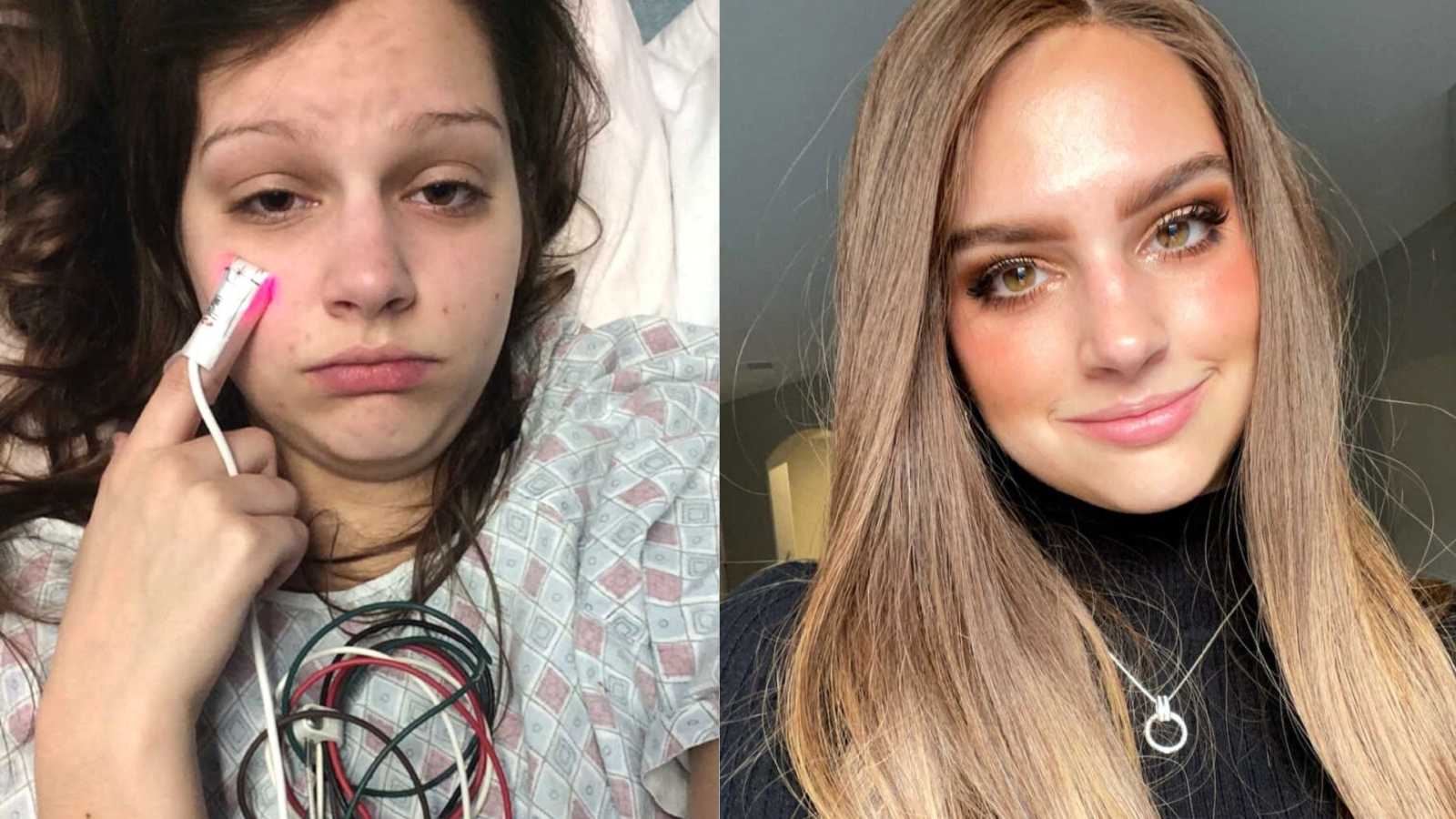Trigger Warning: This story contains mention of suicidal thoughts that may be triggering to some.
“It was a cold, rainy night in upstate New York. My parents were speeding with me to the nearest hospital. Someone was following us. We were being chased and whoever it was wanted to kill me. Despite us going 50 miles per hour, I started to open the car door. I thought if I jumped out, they wouldn’t be able to catch me. I was screaming at the top of my lungs, ‘He’s coming! He’s going to kill me! HELP!’ My mother pulled me back and pinned me down in the back seat. She covered my mouth to stop the screams. I saw tears running down my parents’ faces. Did they know we were going to die? Why would they just let this person come and kill me? Why not let me escape?
The thing is, no one was following us. No one wanted to hurt me. I was paranoid and in a psychotic state. What was really hurting me was the monster inside me.

A bright, athletic, healthy 14-year-old girl turned into an unrecognizable lunatic. Would you believe me if I told you a tick the size of a poppy seed destroyed my life? Upstate New York is a tick haven. When you’re 9 years old, you don’t really think about ticks. All I cared about that hot summer day was playing hide and seek with my siblings at the park. A park surrounded by woods and warning posters for deer ticks, ‘WARNING! TICKS MAY CARRY LYME DISEASE.’ I remember laughing thinking it was weird bugs sucked limes and gave the juice to humans. Before I got into the car, my mom and grandmother started freaking out. They found a tick buried in the back of my neck. I shed a few tears but nothing extreme. They went into the nearest store to get tweezers while I sat in the back of the hot car staring into space. They pulled out the tick and threw it in the trash. We never talked about it again and aside from being a little squeamish, I felt fine.
Up until my 8th-grade year, I was healthy. I was a long-distance track star running 20 miles a week. I was a straight-A student with award-winning artwork. I was very involved with religious organizations. High school was one year away and I was excited. I attended a fall retreat my 8th-grade year in Sacandaga, NY. Vivid foliage surrounded our cabins but there was an evil lurking in those leaves. Ticks, and lots of them. I came home that week feeling so exhausted. I could barely get out of bed. Then, came the joint pain with muscle aches. Followed by crippling migraines, nausea, and dizziness. A few weeks later, I ended up in the emergency room. I couldn’t move the left side of my body. To say I was freaked out would be an understatement. My spleen was enlarged. My blood counts were off the charts. An infectious disease doctor came in and told me to go home and sleep off ‘the anxiety.’
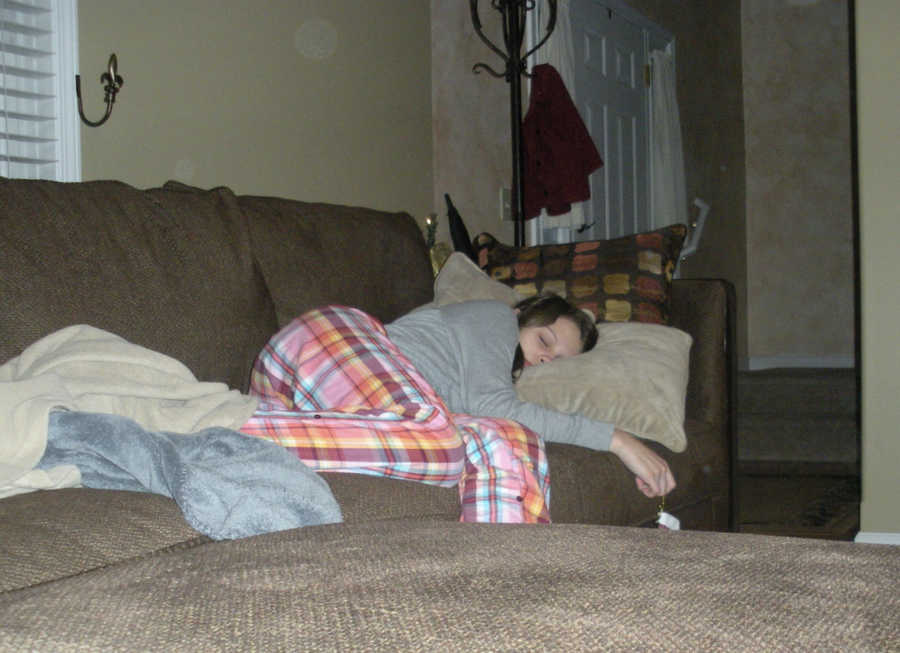
My mom posted it on Facebook and one of her friends, who was a doctor, told me to come see her and get checked out for Lyme Disease. I got the ELISA, Western-blot, and IGeneX tests, which confirmed our suspicion. My parents sat me down after speaking with the doctor. They informed me I didn’t just have Lyme Disease, but I also had co-infections. To name a few: Coxsackie Virus, Mycoplasma, Babesia, and Bartonella. I had no idea what any of that meant. They told me the doctor believed I had been carrying a dormant infection with me since I was 9, but a possible recent bite must have triggered it to come out. She informed us my infection went undetected for a long time and my Lyme Disease was in a chronic state, which was much harder to treat.

I stopped going to school completely towards the end of grade 8. My teachers would come to my house to drop off school work. My daily 4-mile runs became time spent in bed. My social life was me, myself, and I. I didn’t leave the house. My body was deteriorating each day despite all the horse-sized pills I was taking. I had tried almost every single oral antibiotic and antiviral for Lyme Disease but saw no progress. My doctor informed me she would have to withdraw care. She told me to seek treatment with a Lyme literate specialist who had more resources.
At the time, it was taboo to treat Chronic Lyme Disease. Many medical professionals didn’t believe in it. Insurance companies heavily monitored doctors who were treating Lyme. They would accuse them of malpractice, saying they were overmedicating their patients. My doctor later lost her medical license. She won it back, but only years later after the Lyme bill was passed. Senator Chuck Schumer had spoken with my family and me on what we believed need to be included in the bill. Protection for doctors was very important. It was signed in 2015 and became known as the ‘New York State Lyme Bill.’
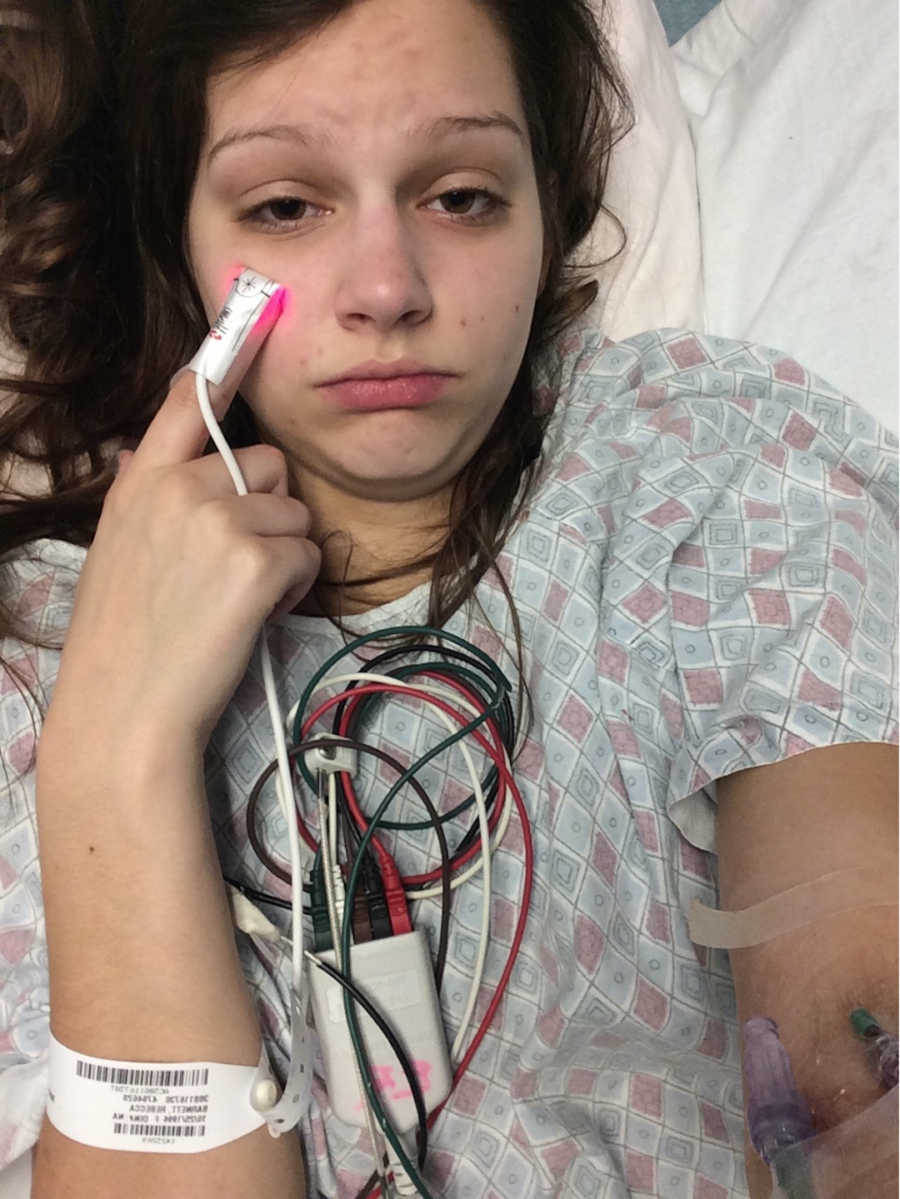
In 2013, I was supposed to be heading into my freshman year of high school. My peers were hopping onto the school bus with their lunch boxes and book bags. Meanwhile, I was taking the family car for a 2 and a half-hour drive down to Westchester county to see my new doctor. I was armed with my blanket, saltine crackers, and a puke bucket. When I got to the office, I was a mess. I wore sunglasses and my dad’s designated lawnmower earmuffs all the time due to my sensitivities. When I walked into the office, I got so overwhelmed by the bright lights I started to cry. They kindly turned off almost all the lights for me and stuck me at the end of the hallway in a dark room. My parents did most of the talking. It was all a blur. I’m pretty sure I fell asleep in the chair. The doctor told my parents it was vital for me to start I.V. antibiotic treatment. The oral medications were no longer strong enough to fight my infection. I had a PICC line placed in my arm shortly after. It was gross and weird, I hated it. There were a handful of times I considered ripping it out. Every night, I’d uncover the sock on my arm to reveal this noodle looking device and hook it up to a compressed ball of medication. My friends were attending the homecoming game while I was in bed half-dead juicing it up.
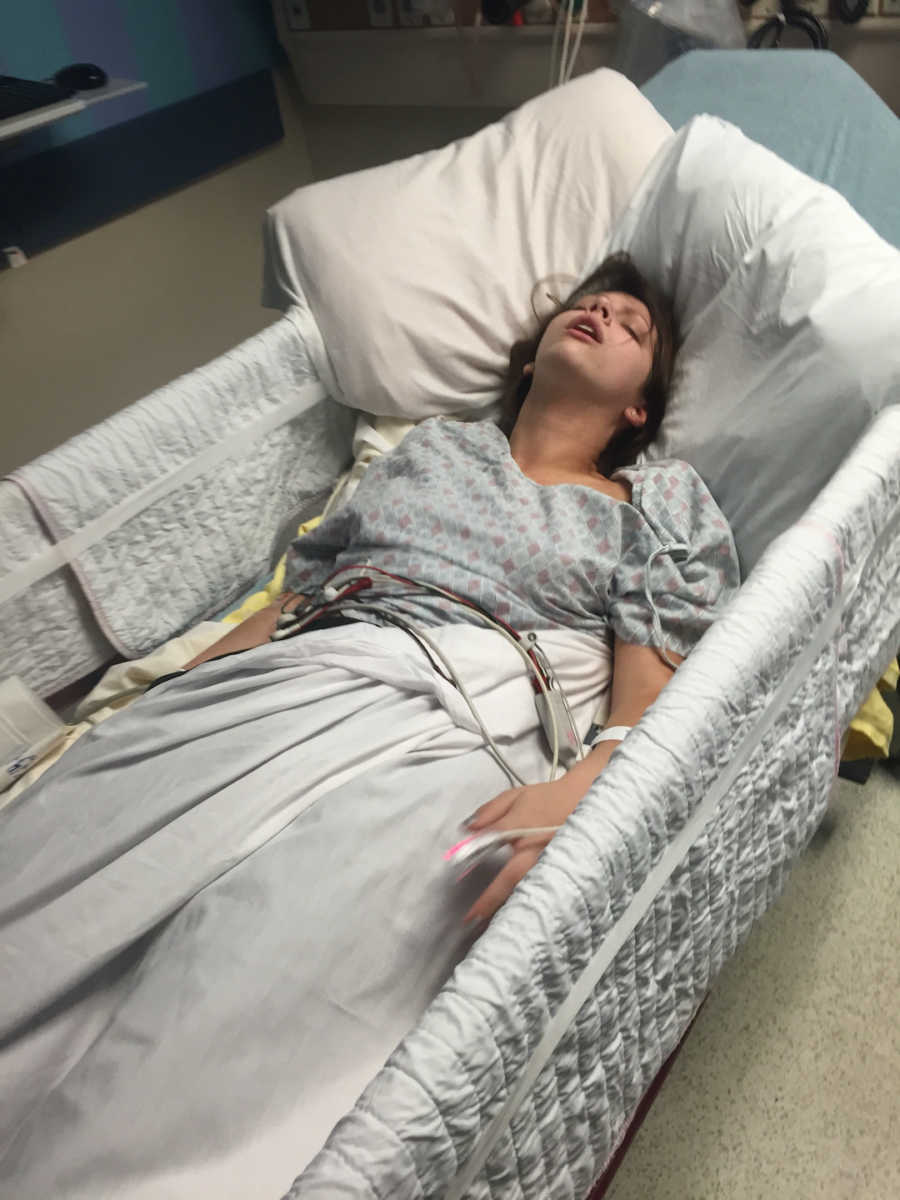
Naturally, we thought things would start to look up from here. Boy, we were so very wrong. When the bacteria is killed, the die-off is known as a Jarisch-Herxheimer reaction. It’s an abrupt exacerbation of your symptoms. It can last anywhere from a few days to weeks. With Chronic Lyme, you have to feel worse in order to feel better. It started with my physical decline. I was bed-bound, using a wheelchair or crawling to get around the house. When it came to personal hygiene, I used a shower chair and a bedpan. I slept 20 hours a day. My diet consisted of half-finished protein shakes. Every day, I had violent seizures that exhausted me to the core.
Then, came the mental decline. Depression and anxiety hit as they are often comorbid. I found myself staring into space, unable to think. The paranoia and rage set in. I’d scream at whoever came near me and even threatened to kill them. Bouts of OCD took over me as I’d go around my room shouting, ‘Dirty! It’s dirty!’ hysterically sobbing over my perfectly clean room.
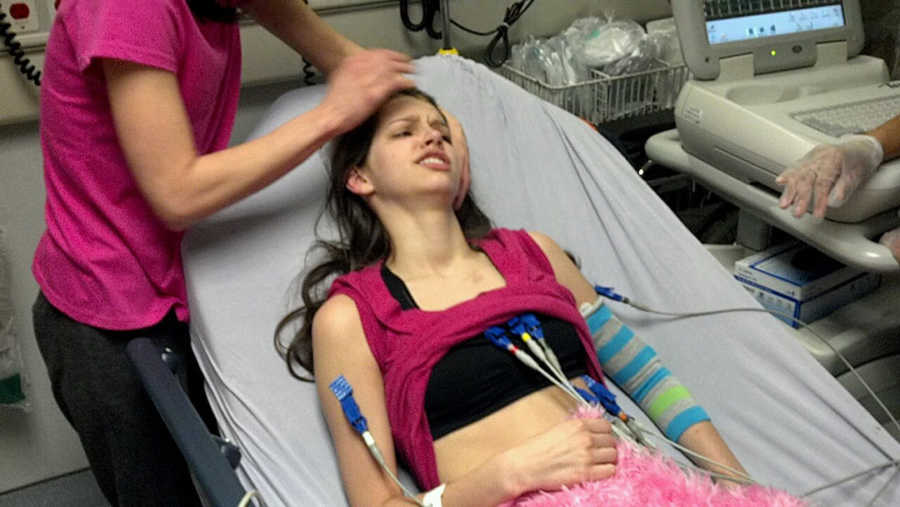
My family of seven became frightened of me. They put me into my own room and barely came near me. One of my worst episodes was when I ran away. I jumped out the first story window of my house. Filled with adrenaline, I started limping and crawling into the woods. When my parents noticed I was gone, they called all our neighbors, at least a dozen, for a search party. I hid behind trees and in the leaves. In my right mind, it would be a place I’d be terrified of getting another bite. At that moment, all I could think was I hated my family and they hated me so why should I go back home? My dad finally caught me and hauled me inside. I’m sure my family was embarrassed. It wasn’t the first time the neighbors saw me acting like a lunatic. It could be worse, right? The police could have been involved. Soon, we knew them on a name basis. My homicidal tendencies turned inward. I wanted to die. The pain and the loneliness were too much to take. One day, when my mom turned her back in the kitchen, I reached for the largest butcher knife in the cutting block. I turned it towards my chest and put it against my heart. My mom saw and immediately started to wrestle it out of my hand. She screamed for my sister to call the police. My six younger siblings were all crying, terrified of their once happy sister.
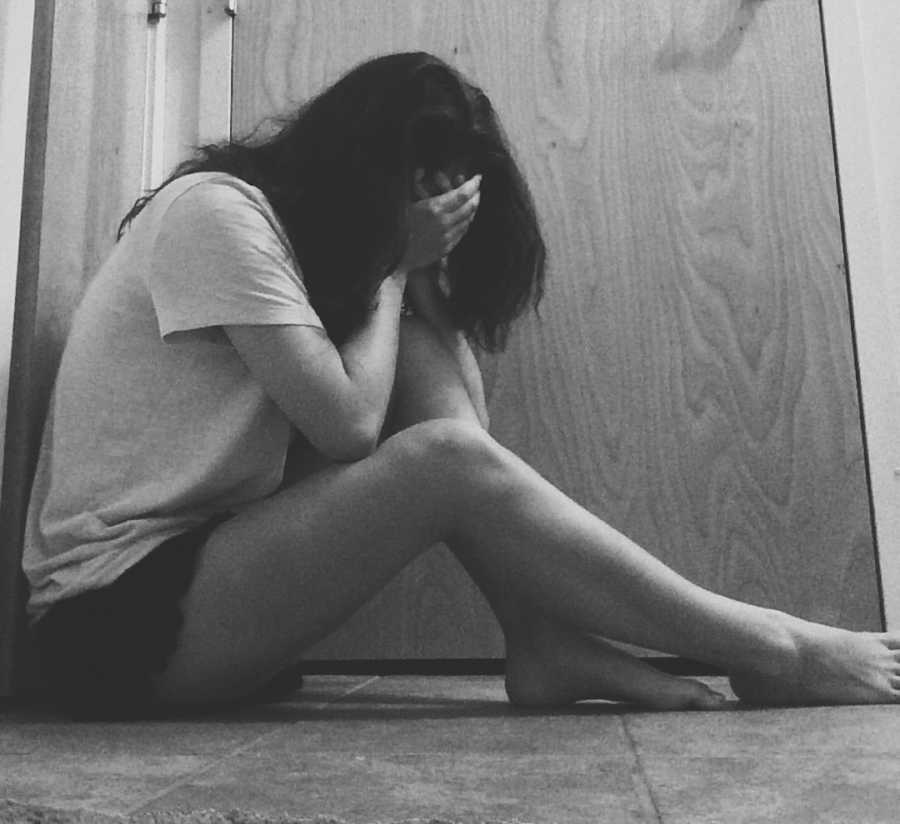
These suicidal attempts carried on for several months, landing me in the psychiatric center many times. It seemed things weren’t looking up so why should I keep living? After a year and a half of suffering on IV antibiotics, my symptoms finally started to improve. It just happened and I can’t remember anything specific triggering it. I was almost 17. I had missed most of high school and didn’t feel like returning for my senior year. Instead, I went to the office and dropped out. I got my GED and went straight to community college in hopes of salvaging whatever life I had left. My health wasn’t great, but it was stable enough for me to attend a semester in college while working full-time hours at a local hospital. At 17, I had a job, education, my own apartment-independence. It was short-lived.
Out of nowhere, my health took a rapid decline. I felt so defeated, in such disbelief. After a few months of stability, I gave up my apartment, quit my job, and dropped out of college. I was back to being a vegetable, lying in bed all day staring at the ceiling wondering what went so wrong?
During this time, I turned to Instagram to start sharing my story. I longed for connection. With the use of hashtags, I was able to find hundreds of people just like me. I made so many friends and even met my now-husband under #LymeDisease. Not once was I ashamed to dive into intimate topics like suicide, pain, and disability.
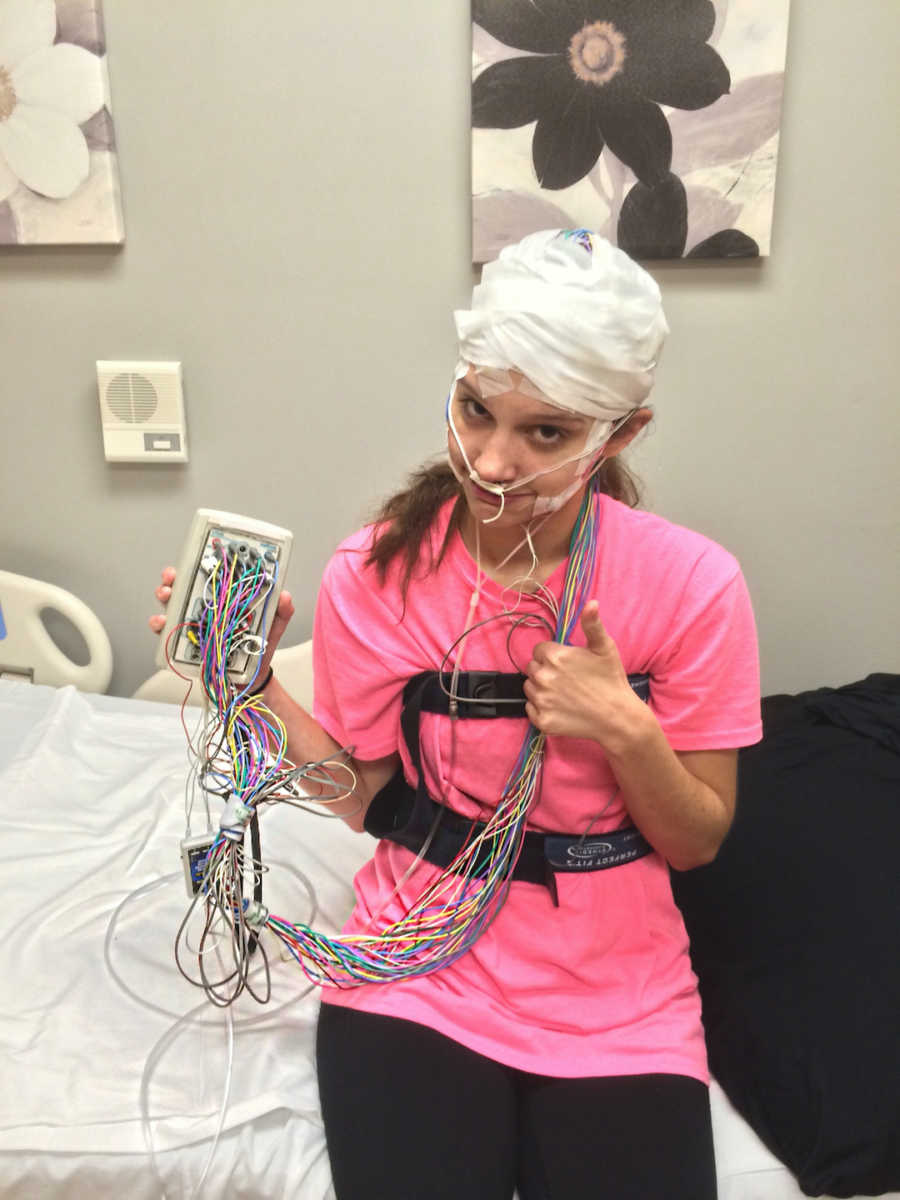
In 2015 at age 18, I started to pass out nonstop. I knew it was bad when I began to faint while simply lying down. One night, I fainted and fell down 25-stair steps. My grandmother drove me to the hospital where I was admitted to the stroke/heart attack unit. My heart rate was 220 bpm standing, 180 lying down. The staff was freaking out, scrambling to run tests on me. They brought me up into the Cardiac unit, ready to transfer me to the ICU. I went to use the bathroom and fainted. From what I was told, a technician found me purple in the face and called a code blue. About 15 staff members came into the room with a crash cart. I woke up with four IV lines and then pushed all kinds of medication into me. Once stable and recovering, I woke up to a doctor handing me my phone. He apologized it had gotten thrown across the room during all the commotion. He jokingly said to me, ‘So who is this Andrew guy? He has been trying to reach you. You better text him back.’ I smiled, I had been talking with my now-husband for only a few days at the time. He lived 4 hours away and we were planning on meeting up.

After multiple days of monitoring, they diagnosed me with Postural Orthostatic Tachycardia Syndrome. In the simplest explanation, switching positions (standing, sitting, lying down) causes your blood pressure to drop and your heart rate to rise. This causes a variety of symptoms like syncope (fainting), dizziness, fatigue, and chest pain. It is a part of a larger system known as Dysautonomia, a dysfunction of the autonomic nervous system. Your autonomic nervous system is responsible for basic life functions such as breathing, heartbeat, and digestion. Some patients live with few restrictions, while others are completely disabled. I went on Social Security Disability shortly after. Nearly 6 years later, I’m still on it. Although, in these 6 years later I’ve had time to see many more specialists to get more diagnoses and find treatments.

My Chronic Lyme Disease is now in remission but the lasting effects of it remain. It destroyed my body, especially my nervous system, hence the Dysautonomia. I was later diagnosed with Gastroparesis, Neuropathy, Chronic Migraines, Hypothyroidism, and Chronic Fatigue Syndrome. Mentally it took a toll on me. I struggled with treatment-resistant depression and anxiety. 9 years and 25 psychiatric medications later, I showed no progress. I finally tried Transcranial Magnetic Stimulation, which improved 90% of my depression and anxiety. I currently see nine specialists to keep my health in check. I’m slowly transitioning back into the workforce. Am I nervous? Absolutely. Every part of me is terrified of a relapse but I won’t know if I don’t try. Never give up hope. The journey can be long and hope seems so far away but I promise that things will get better.”

This story was submitted to Love What Matters by Rebecca Barnett from San Diego, California. You can follow her journey on Instagram. Do you have a similar experience? We’d like to hear your important journey. Submit your own story here. Be sure to subscribe to our free email newsletter for our best stories, and YouTube for our best videos.
Read more stories about Lyme Warriors:
SHARE this story on Facebook or Twitter to help spread awareness about complications from Lyme disease.

